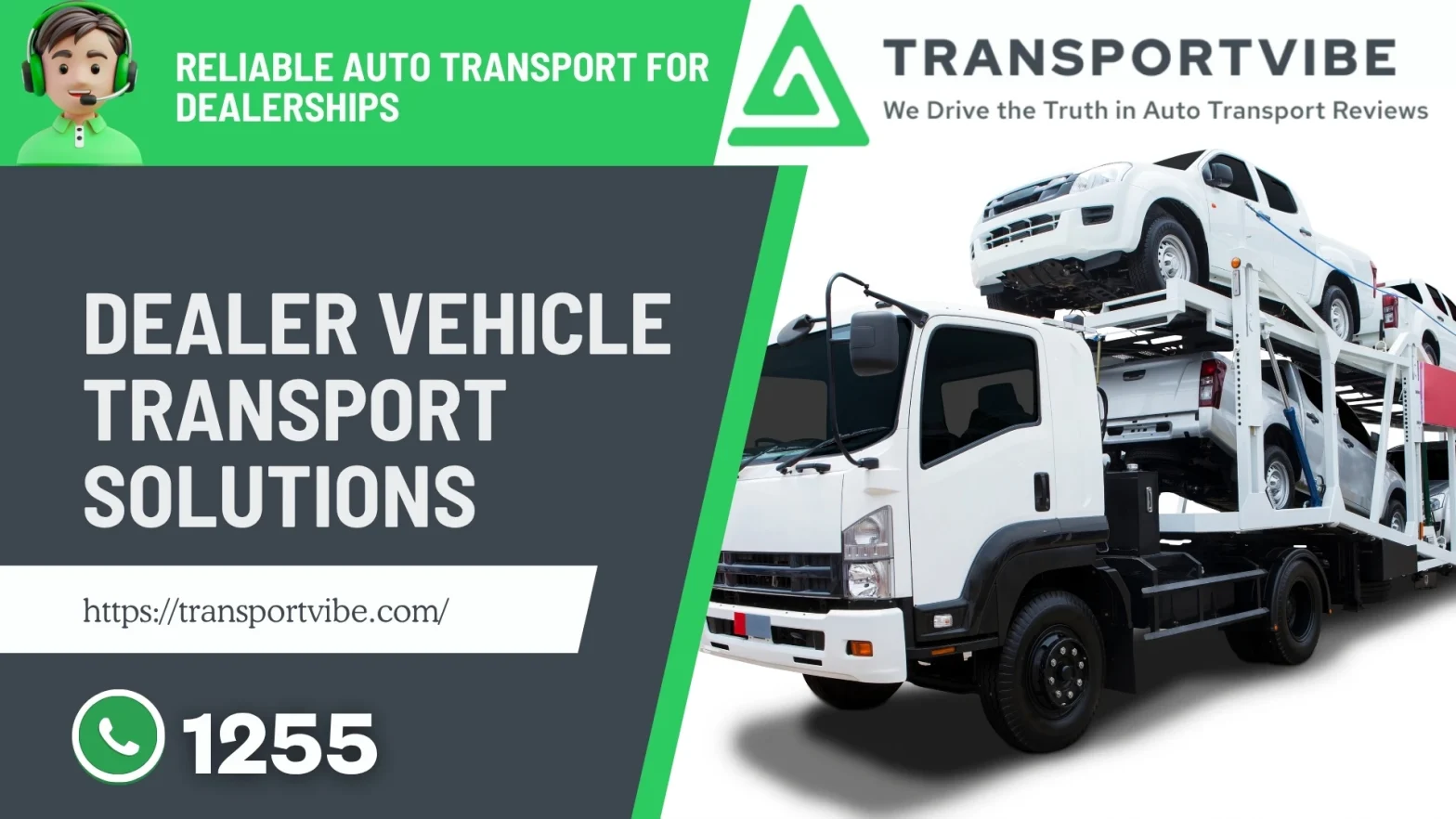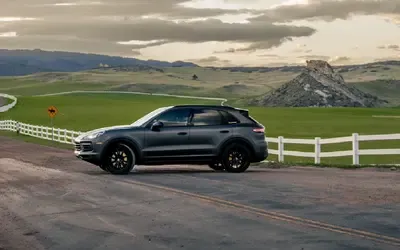How to Choose the Perfect Printing Method for Wedding Invitations?

When it comes to planning a wedding, every detail matters, and your wedding invitations are no exception. They are not just pieces of paper; they are the first glimpse your guests will have of your special day. Choosing the perfect printing method for your wedding invitations is crucial to ensure they reflect your style, theme, and personality. With various printing options available, making the right choice can be challenging. In this guide, we will explore the factors to consider when selecting the ideal printing method for your wedding invitations.
1. Budget Considerations
One of the primary factors to contemplate when choosing a printing method for your printing wedding order of service is your budget. Wedding expenses can add up quickly, so it's essential to establish a budget for your invitations and stick to it. Different printing methods come with varying price tags, so understanding your financial constraints will help narrow down your options.
Digital Printing: This is the most budget-friendly option. It uses digital files to print directly onto the paper, making it cost-effective for large quantities.
Offset Printing: Offset printing offers a balance between quality and affordability. It is suitable for mid-range budgets and provides high-quality results.
Letterpress and Thermography: These methods are more expensive due to their intricate and luxurious finishes. They are best suited for couples with a generous budget who want premium-quality invitations.
2. Design Complexity
Consider the complexity of your invitation design. Some printing methods are better suited for intricate and detailed designs, while others work well with simpler layouts.
Digital Printing: Digital printing is versatile and can handle various design styles. It is an excellent choice for invitations with photographs, watercolors, or intricate patterns.
Offset Printing: Offset printing can reproduce intricate designs accurately and with high-quality results. It is suitable for invitations with fine details and a wide range of colors.
Letterpress and Thermography: These methods excel in showcasing fine details and intricate designs. They create a tactile and visually stunning finish, making them perfect for elegant and elaborate invitation designs.
3. Paper Selection
The type of paper you choose can greatly affect the overall look and feel of your wedding invitations. Different printing methods may work better with specific paper types.
Digital Printing: Digital printing is compatible with a wide range of paper options, including matte, glossy, and textured papers. It offers flexibility in paper selection.
Offset Printing: Offset printing works well with various paper types and weights, allowing you to achieve a customized look and feel for your invitations.
Letterpress and Thermography: These methods require thicker, high-quality paper to showcase their unique textures and finishes effectively. Cotton-based papers are often preferred for these techniques.
4. Turnaround Time
Consider your wedding timeline when selecting a printing method. Some methods require longer production times than others.
Digital Printing: Digital printing offers quick turnaround times and is suitable for couples with tight schedules.
Offset Printing: Offset printing typically takes longer than digital printing but is still relatively efficient. Plan for a few weeks of production time.
Letterpress and Thermography: These methods are more time-consuming due to their intricate processes. They may require several weeks for production, so be sure to plan ahead if you choose these options.
5. Personalization and Quantity
The number of printing wedding invitations you need and the degree of personalization required are essential factors to consider.
Digital Printing: Digital printing is ideal for personalization, as each invitation can have unique elements. It is also cost-effective for large quantities.
Offset Printing: Offset printing is suitable for medium to large quantities, and while it allows for some personalization, it may not be as flexible as digital printing in this regard.
Letterpress and Thermography: These methods are best suited for smaller quantities, as they involve more manual labor. While they can be personalized to some extent, they are often chosen for their premium quality rather than extensive personalization.
In conclusion, choosing the perfect printing method for your wedding invitations requires careful consideration of your budget, design complexity, paper selection, turnaround time, and personalization needs. Each method has its own unique characteristics and advantages, so weigh your options carefully to create invitations that set the tone for your special day and leave a lasting impression on your guests. Ultimately, the ideal printing method will align with your vision for your wedding and your budget constraints, ensuring that your invitations are a beautiful reflection of your love story.
RECOMMENDED FOR YOU
Best Presale Crypto Launchpad Pays Your Travels
June 18, 2025
Top Signs of a Trustworthy Vehicle Shipping Company
June 17, 2025















